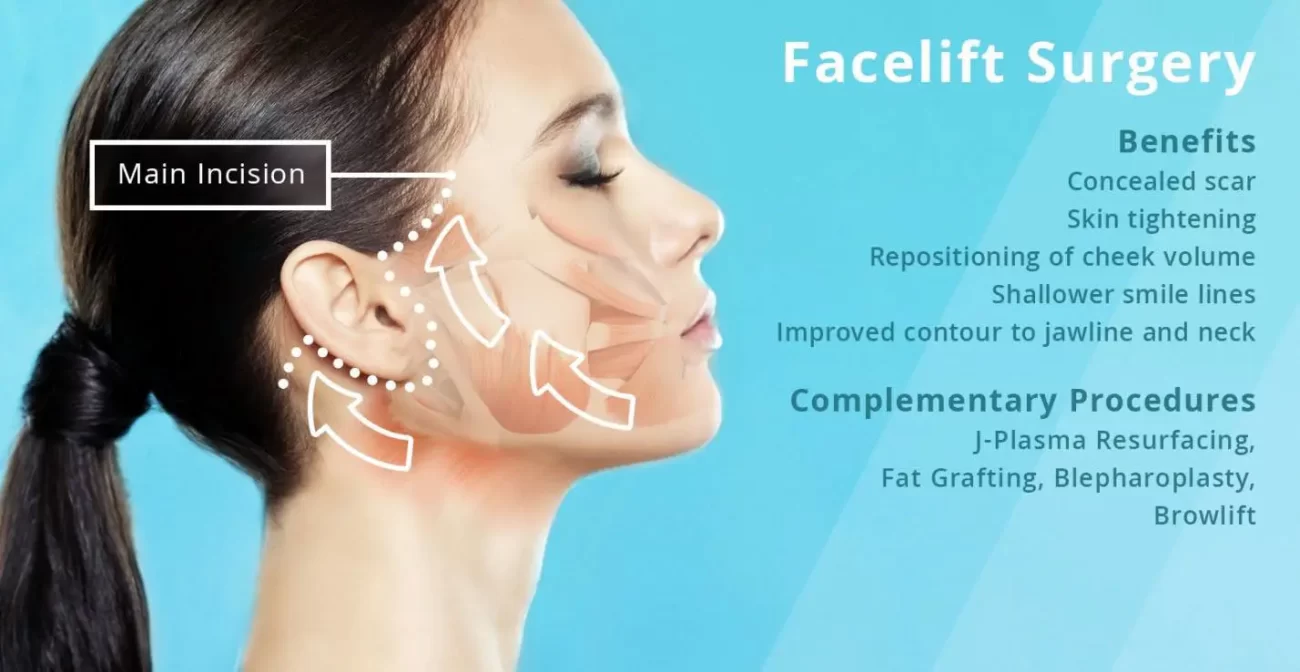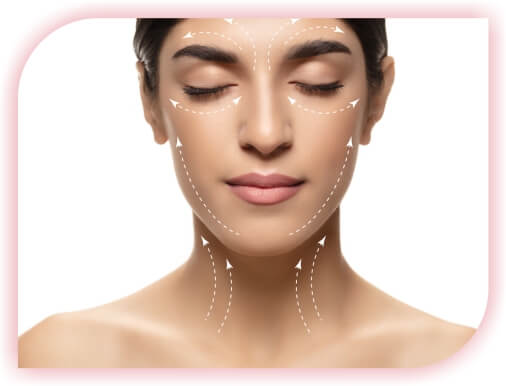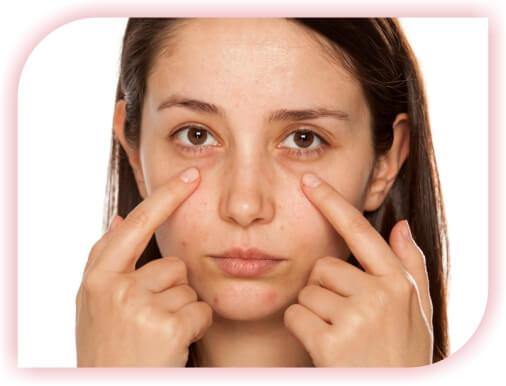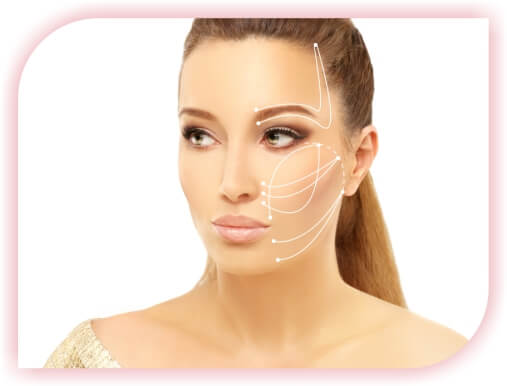


Face Lift
A face-lift is a procedure to lift and tighten sagging skin on the face and neck. Surgeons perform the surgery in the operating room while the patient is often completely asleep under general anesthesia.
During the procedure, surgeons make small incisions around the earlobes to help hide any surgical scarring, which is minimal. They lift and pull back loose facial and neck skin and connective tissue, removing excess skin before closing the incisions. The procedure addresses problem areas, such as:
- Jowls that occur on the jawline
- Loose neck skin
- Midface drooping
- Nasolabial folds, also known as marionette lines, between the nose and mouth
- Double chin
Facelift Surgery Procedure
Facelift Surgery Benifits

Before & After
Previous
Next

Schedule your appointment
Frequently asked questions
Facelift, or rhytidectomy, is a surgical procedure to improve visible signs of aging on the face and neck. As individuals age, the skin and muscles of the face region begin to lose tone. The facelift cannot stop the process of aging. It can improve the most visible signs of aging by tightening deeper structures, redraping the skin of face and neck, and removing selected areas of fat. A facelift can be performed alone, or in conjunction with other procedures, such as a brow lift, liposuction, eyelid surgery, or nasal surgery.
Facelift surgery is individualized for each patient. The best candidates for facelift surgery have a face and neck line beginning to sag, but whose skin has elasticity and whose bone structure is well defined
You can expect some bruising and swelling after your fcelift. Most of the swelling should fade within about a week, while the bruising may take two to three weeks to clear up. You may experience some headaches and numbness, itching and hair loss at the incision. Bandages applied after surgery are usually removed within a couple of days, and stitches may be removed within one to two weeks.
No, but the ultimate result depends heavily on the skill and experience of your plastic surgeon.
In the early days of facial plastic surgery, the standard technique used was to pull the skin back, trim off the excess and then close the incisions. Modern plastic surgery techniques have advanced tremendously. Today we are using sophisticated methods of lifting and tightening underlying muscle, and restoring lost volume for a more natural looking outcome.
For the right candidate, facelift surgery is now also very commonly combined with a neck lift. One of the most common reasons for a neck lift is to tighten the loose fold of skin under the chin. This skin is called the “turkey wattle”. Addressing this restores the underlying muscle structures.
People considering a facelift should be very particular about whom they choose to perform the procedure. An unsatisfactory facelift is hard to hide. Dr. Gunasekar Vuppalapati is an internationally recognized specialist in facial and reconstructive surgery. His goal is to provide each patient with customized results.
You may see changes to your facial appearance immediately after the procedure, though you will experience bruising and swelling for the first 2 weeks. After that, any additional bruising can be covered with makeup. Your face may not yet feel normal and can take anywhere from 2 to 3 months to completely heal. Your face should appear much more youthful and toned and many patients are often able to take as much as 10 years off their appearance.
A “classic facelift” treats sagging and loose skin in the lower third of the face and the neck.
A mid facelift treats the middle third of the face, the cheek-temple area.
A neck lift addresses sagging in the jaw line and the neck separately from the upper face.
Dr. Gunasekar Vuppalapati can more completely explain the different types of lifts during your consultation and determine which lift or lifts are best for your specific anti-aging needs.
Anyone considering a facelift should be concerned about incision placement. It is hard to hide scars, especially for women who wear their hair shorter and male patients.
Dr Gunasekar Vuppalapati is one of the most qualified facial plastic surgeons in the country. He meticulously makes incisions where they will be well hidden and uses special techniques to close the incisions so that his patients heal with virtually unnoticeable scars when fully healed.
The incisions are placed in natural creases beginning just in front of the ear continuing around the back of the ear. Placement of facelift incisions is as much of an art as it is science. Dr Gunasekar Vuppalapati can answer your questions about incision placement during your consultations.
- The best facelift for you can be determined once your surgeon conducts a detailed assessment. In general, your surgeon may perform one or a combination of the following types of facelift:
- Deep Plane Facelift
This procedure is recommended for the treatment of severe wrinkles on the cheek and neck. A deep plane facelift produces natural-looking and longer-lasting results.
- Full Brow Lift
Also known as a forehead lift, this procedure significantly reduces the appearance of wrinkles, fine lines, and creases on the area of your brow and forehead, resulting in a younger-looking appearance. It involves the creation of small incisions on each side of your scalp to move the skin upward.
- Temporal Brow Lift
This procedure involves the creation of smaller incisions at the side of your face in order to tighten the skin outward toward your temples. Unlike a full brow lift, this procedure is less invasive and requires less downtime.
- Mid-Face Lift
This procedure makes use of two small incisions under your lower eyelashes to lift the skin on your cheeks for a more dramatic outcome. A mid-facelift is recommended if you have sagging skin and wrinkles on the middle part of your face.
Also known as blepharoplasty, it involves the removal of excess skin on your upper eyelid area. This in turn reduces puffiness under the eyes, resulting in a well-rested look. Aside from cosmetic purposes, this procedure is also used to improve visual function by removing excess skin in the eyelid area.
- Lip Lift
This procedure enhances the appearance of your upper lip by addressing the loose skin around the areas of your mouth. A lip lift usually involves the creation of a small incision beneath your nose.
- Corner of the Mouth Lift
This procedure addresses the drooping or sagging skin on the corners of your mouth. As a result, you will look well-rested and more rejuvenated.











